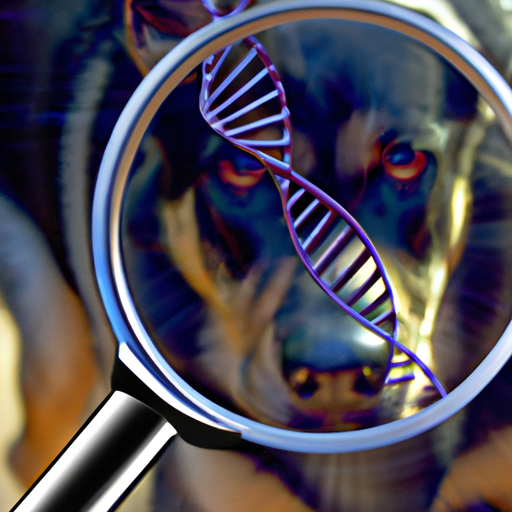As a caregiver for your beloved pet, you may wonder about their lineage. Understanding your dog’s breed can be a gateway to understanding their behavior, health, and overall needs. Here, we will guide you through several methods to determine your dog’s breed.
1. Physical Characteristics
One of the simplest ways to ascertain your dog’s breed is by examining their physical characteristics. Look at the shape of their body, the size of their ears, the color and texture of their coat, and the length of their tail.
- Body Shape: Some dogs have muscular bodies (like Boxers or Bulldogs), while others are slender and graceful (like Greyhounds or Salukis).
- Ear Shape: Dog ears can be erect (like German Shepherds), floppy (like Basset Hounds), or somewhere in between.
- Coat Color and Texture: The dog’s fur might be short, long, curly, straight, single, or double-coated. It might come in a variety of colors and patterns.
- Tail: The tail may be long, short, curly, straight, or even absent.
Compare your observations with breed descriptions in books or online resources. This can be a fun and educational process, but bear in mind that it’s not always accurate, especially for mixed breed dogs.
2. Behavior and Temperament
Different breeds have distinct behavioral traits and temperaments, which can give clues to your dog’s origins.
| Breed | Typical Traits |
|---|---|
| Retrievers | Friendly, obedient, love to fetch |
| Terriers | Energetic, independent, love to dig |
| Herding breeds | Intelligent, protective, like to control movements |
| Toy breeds | Affectionate, enjoy being pampered, good lap dogs |
However, remember that individual dogs may behave differently from typical breed characteristics due to their unique experiences and training.
3. Genetic Testing
If you’re looking for a more scientific method, consider a dog DNA test. These tests can provide detailed breed information and even screen for genetic diseases. They are usually easy to use – just swab your dog’s cheek, send the sample in, and wait for the results.
4. Consult with a Vet or a Professional
A veterinarian or a professional dog breeder might be able to provide insight into your dog’s breed based on their extensive knowledge and experience. Despite this, even professionals can sometimes struggle to identify the breed of mixed-breed dogs accurately.
5. Adoption Papers and Pedigree
If you adopted your dog from a shelter or bought them from a breeder, they might have provided you with paperwork that includes breed information. For purebred dogs, a pedigree, often spanning several generations, may be available.
Frequently Asked Questions
Q: How accurate are dog DNA tests?
A: Most dog DNA tests are about 95-99% accurate. However, their ability to identify specific breeds may depend on the size of their breed database.
Q: Can I determine my dog’s breed based solely on their behavior?
A: While certain behaviors may be more common in some breeds, behavior alone is not a reliable indicator of breed.
Q: Can mixed breed dogs be identified?
A: Yes, through DNA testing, it’s possible to identify the primary breeds in mixed breed dogs.



